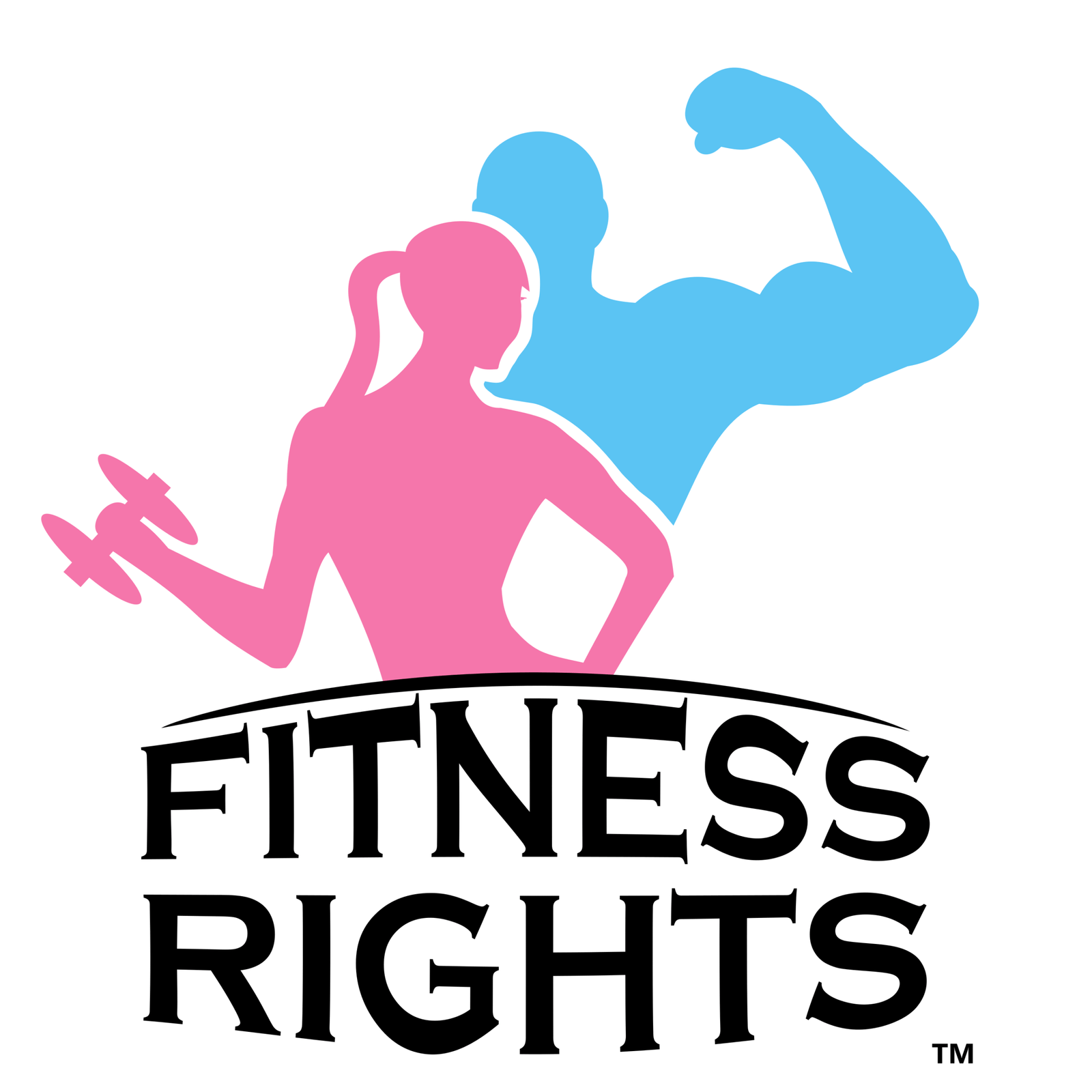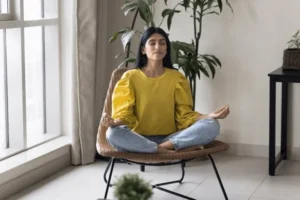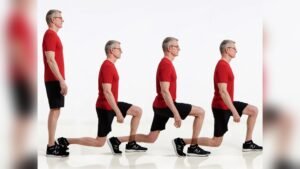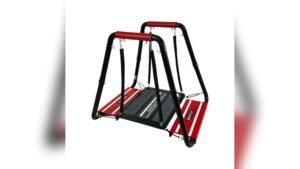Rocket Yoga, a dynamic and invigorating style of yoga, has gained popularity for its unique blend of traditional Ashtanga practices with modern modifications. Developed by Larry Schultz in the 1980s, Rocket Yoga aims to make the rigorous Ashtanga series more accessible to practitioners of all levels. This guide delves into the history, benefits, and practice of Rocket Yoga, providing detailed insights and practical tips for enthusiasts.
Table of Contents
ToggleHistory of Rocket Yoga
Origins and Development
Rocket Yoga was created by Larry Schultz, a dedicated Ashtanga practitioner who studied under the legendary K. Pattabhi Jois. Schultz’s vision was to make Ashtanga Yoga more inclusive and adaptable, leading to the birth of Rocket Yoga. The name “Rocket” was coined by Bob Weir of the Grateful Dead, who felt the practice was like a rocket, getting you there faster.
Influence of Ashtanga Yoga
Rocket Yoga retains the core principles of Ashtanga Yoga, including the use of breath (Ujjayi), internal locks (Bandhas), and gazing points (Drishti). However, it introduces modifications and variations to make the practice more accessible. This blend of tradition and innovation has made Rocket Yoga a favorite among modern yogis.
Benefits of Rocket Yoga
Physical Benefits
Rocket Yoga offers numerous physical benefits, including increased strength, flexibility, and endurance. The practice involves a series of dynamic postures that challenge the body and promote overall fitness. Regular practice can lead to improved muscle tone, enhanced cardiovascular health, and better posture.
Mental and Emotional Benefits
Beyond the physical advantages, Rocket Yoga also provides significant mental and emotional benefits. The practice encourages mindfulness, reduces stress, and promotes a sense of inner peace. The combination of breath control and movement helps to calm the mind and improve focus, making it an excellent practice for mental well-being.
Key Principles of Rocket Yoga

Breath Control (Ujjayi Pranayama)
Breath control is a fundamental aspect of Rocket Yoga. Practitioners use Ujjayi Pranayama, a breathing technique that involves deep, rhythmic breaths through the nose. This controlled breathing helps to oxygenate the body, enhance concentration, and create a meditative state during practice.
Internal Locks (Bandhas)
Rocket Yoga incorporates the use of Bandhas, or internal locks, to control the flow of energy within the body. There are three primary Bandhas: Mula Bandha (root lock), Uddiyana Bandha (abdominal lock), and Jalandhara Bandha (throat lock). These locks help to stabilize the body, improve balance, and deepen the practice.
Rocket Yoga Sequences
Rocket I
Rocket I is designed for beginners and focuses on building strength and flexibility. The sequence includes a variety of standing and seated postures, as well as inversions and backbends. This sequence is an excellent introduction to the practice and helps to establish a strong foundation.
Rocket II
Rocket II is more advanced and incorporates additional postures and transitions. This sequence challenges practitioners to deepen their practice and explore new variations. It includes more complex inversions, arm balances, and backbends, making it suitable for intermediate to advanced practitioners.
Common Mistakes in Rocket Yoga
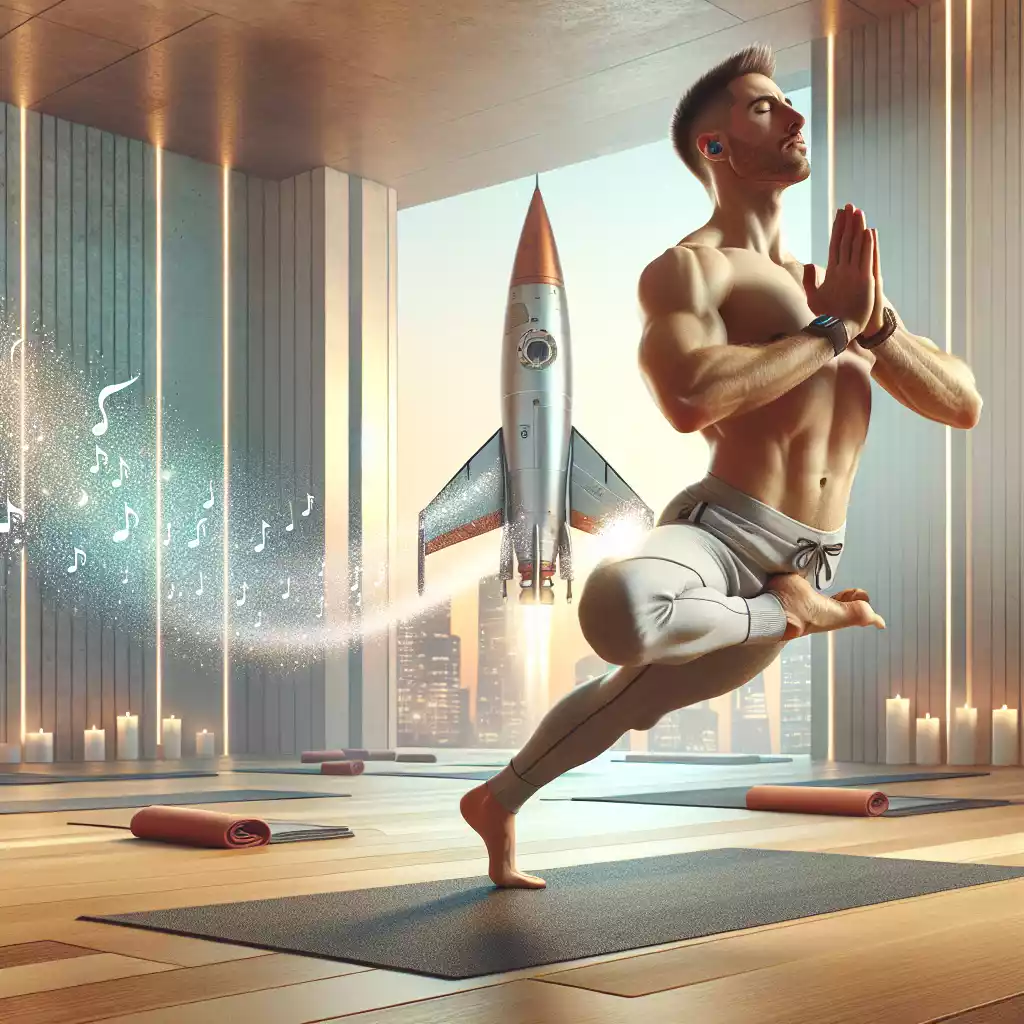
Overexertion
One common mistake in Rocket Yoga is overexertion. Practitioners may push themselves too hard, leading to strain or injury. It’s essential to listen to your body and practice within your limits. Gradually build strength and flexibility to avoid overexertion.
Improper Alignment
Improper alignment is another common issue. Ensuring correct alignment in each posture is crucial to prevent injury and maximize the benefits of the practice. Seek guidance from a qualified instructor to learn proper alignment techniques.
Tips for Success in Rocket Yoga
Consistency
Consistency is key to success in Rocket Yoga. Regular practice helps to build strength, flexibility, and endurance. Aim to practice several times a week to see significant progress.
Mindfulness
Practicing mindfulness during Rocket Yoga can enhance the experience. Focus on your breath, body, and movements to create a meditative state. This mindfulness can help to reduce stress and improve overall well-being.
Rocket Yoga for Beginners
Starting with Rocket I
Beginners should start with Rocket I to build a strong foundation. This sequence is designed to be accessible and provides a comprehensive introduction to the practice. Focus on mastering the basic postures and transitions before moving on to more advanced sequences.
Seeking Guidance
Seeking guidance from a qualified instructor is essential for beginners. An experienced teacher can provide valuable insights, correct alignment, and offer modifications to suit individual needs. Consider joining a Rocket Yoga class or workshop to learn from a professional.
Advanced Rocket Yoga Practices
Rocket III
Rocket III is the most advanced sequence and is designed for experienced practitioners. This sequence includes challenging postures, transitions, and variations that require a high level of strength, flexibility, and balance. Practicing Rocket III can help to deepen your practice and explore new possibilities.
Rocket Yoga Poses
1. Crane Pose(Bakasana)
2. Peacock Pose(Mayursana)
3. Eight Angle Pose( Astavakrasana)
4.Headstand(Salamba Sirasana)
5. Scorpion Pose(Vrischikasana )
Incorporating Advanced Techniques
Advanced practitioners can incorporate advanced techniques such as arm balances, inversions, and deep backbends into their practice. These techniques require a solid foundation and should be approached with caution. Seek guidance from an experienced instructor to learn advanced techniques safely.
Rocket Yoga and Meditation
Integrating Meditation
Integrating meditation into your Rocket Yoga practice can enhance the experience. Meditation helps to calm the mind, reduce stress, and promote a sense of inner peace. Consider incorporating a short meditation session before or after your practice to deepen your connection with yourself.
Benefits of Meditation
Meditation offers numerous benefits, including improved focus, reduced anxiety, and enhanced emotional well-being. Combining Rocket Yoga with meditation can create a holistic practice that nurtures both the body and mind.
Rocket Yoga for Stress Relief
Breath Control and Relaxation
Rocket Yoga’s emphasis on breath control can be particularly effective for stress relief. Deep, rhythmic breathing helps to activate the parasympathetic nervous system, promoting relaxation and reducing stress. Incorporate breath control techniques into your practice to experience these benefits.
Mindfulness and Stress Reduction
Practicing mindfulness during Rocket Yoga can also help to reduce stress. Focus on the present moment, your breath, and your movements to create a meditative state. This mindfulness can help to calm the mind and alleviate stress.
Rocket Yoga for Flexibility
Dynamic Stretching
Rocket Yoga includes dynamic stretching, which helps to improve flexibility. The practice involves a series of flowing movements that stretch and lengthen the muscles. Regular practice can lead to increased flexibility and improved range of motion.
Targeted Postures
Certain postures in Rocket Yoga are specifically designed to enhance flexibility. These postures target different muscle groups and help to release tension. Incorporate targeted postures into your practice to improve flexibility.
Rocket Yoga for Strength
Building Core Strength
Rocket Yoga is an excellent practice for building core strength. The sequences include various postures and transitions that engage the core muscles. Regular practice can lead to a stronger, more stable core.
Enhancing Overall Strength
In addition to core strength, Rocket Yoga also helps to build overall strength. The practice involves a series of challenging postures that work different muscle groups. Incorporate Rocket Yoga into your fitness routine to enhance overall strength.
Rocket Yoga for Balance
Improving Physical Balance
Rocket Yoga includes various postures that challenge and improve physical balance. These postures require focus, stability, and control. Regular practice can lead to improved balance and coordination.
Enhancing Mental Balance
In addition to physical balance, Rocket Yoga also promotes mental balance. The practice encourages mindfulness and focus, helping to create a sense of inner equilibrium. Incorporate Rocket Yoga into your routine to enhance both physical and mental balance.
Rocket Yoga for Athletes
Enhancing Performance
Rocket Yoga can be particularly beneficial for athletes. The practice helps to improve strength, flexibility, and balance, all of which are essential for athletic performance. Incorporate Rocket Yoga into your training routine to enhance your performance.
Preventing Injuries
In addition to enhancing performance, Rocket Yoga can also help to prevent injuries. The practice promotes proper alignment, flexibility, and strength, reducing the risk of injury. Consider incorporating Rocket Yoga into your routine to stay injury-free.
Rocket Yoga for Seniors
Adapting the Practice
Rocket Yoga can be adapted to suit the needs of seniors. Modifications and variations can make the practice more accessible and safe. Consider seeking guidance from a qualified instructor to learn how to adapt the practice to your needs.
Benefits for Seniors
Rocket Yoga offers numerous benefits for seniors, including improved strength, flexibility, and balance. The practice can also promote mental well-being and reduce stress. Incorporate Rocket Yoga into your routine to experience these benefits.
Relevant Data Table For Rocket Yoga:
| Aspect | Description |
| Creator | Larry Schultz |
| Origin | 1980s |
| Core Principles | Breath Control, Internal Locks, Dynamic Sequences |
| Sequences | Rocket I, Rocket II, Rocket III |
| Benefits | Strength, Flexibility, Mental Well-being |
FAQs:
What is Rocket Yoga?
Rocket Yoga is a dynamic style of yoga developed by Larry Schultz in the 1980s. It is based on the traditional Ashtanga Yoga system but includes modifications and variations to make the practice more accessible. The name “Rocket” was given by Bob Weir of the Grateful Dead, who felt the practice was like a rocket, getting you there faster. Rocket Yoga retains the core principles of Ashtanga Yoga, such as breath control (Ujjayi), internal locks (Bandhas), and gazing points (Drishti), but introduces a more flexible approach to the sequences.
What are the benefits of Rocket Yoga?
Rocket Yoga offers numerous benefits, both physical and mental. Physically, it helps to build strength, flexibility, and endurance. The dynamic sequences challenge the body and promote overall fitness. Mentally, Rocket Yoga encourages mindfulness, reduces stress, and promotes a sense of inner peace. The combination of breath control and movement helps to calm the mind and improve focus. Regular practice can lead to improved muscle tone, enhanced cardiovascular health, better posture, and a more balanced state of mind.
How do I start practicing Rocket Yoga?
Starting Rocket Yoga involves a few key steps. Begin with Rocket I, the sequence designed for beginners. This sequence focuses on building strength and flexibility and provides a comprehensive introduction to the practice. Seek guidance from a qualified instructor to learn proper alignment and modifications. Consistency is crucial, so aim to practice several times a week. Focus on mastering the basic postures and transitions before moving on to more advanced sequences. Incorporate mindfulness and breath control into your practice to enhance the experience.
Can Rocket Yoga help with stress relief?
Yes, Rocket Yoga can be highly effective for stress relief. The practice emphasizes breath control, which helps to activate the parasympathetic nervous system, promoting relaxation and reducing stress. The dynamic sequences and mindful movements create a meditative state that calms the mind. Incorporating Rocket Yoga into your routine can help to alleviate stress, improve mental clarity, and promote a sense of inner peace. Consider integrating short meditation sessions before or after your practice to deepen the stress-relief benefits.
Is Rocket Yoga suitable for seniors?
Rocket Yoga can be adapted to suit the needs of seniors. Modifications and variations can make the practice more accessible and safe. Seniors can benefit from improved strength, flexibility, and balance, as well as enhanced mental well-being and reduced stress. It’s essential to seek guidance from a qualified instructor to learn how to adapt the practice to individual needs. With proper modifications, Rocket Yoga can be a valuable addition to a senior’s fitness routine, promoting overall health and well-being.
Conclusion:
Rocket Yoga, with its unique blend of traditional Ashtanga practices and modern modifications, offers a dynamic and accessible approach to yoga. Whether you’re a beginner or an advanced practitioner, Rocket Yoga provides numerous physical and mental benefits. From building strength and flexibility to promoting mindfulness and stress relief, this practice can enhance your overall well-being. Incorporate Rocket Yoga into your routine to experience its transformative effects. For more information, visit All Yoga Training and join the discussion on Reddit.
Posts References:
Rocket Yoga Guide 2024: What is it? Sequences – Benefits
Rocket Yoga : r/yoga
